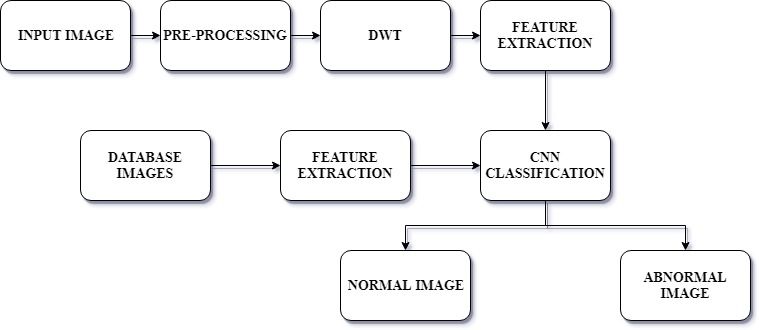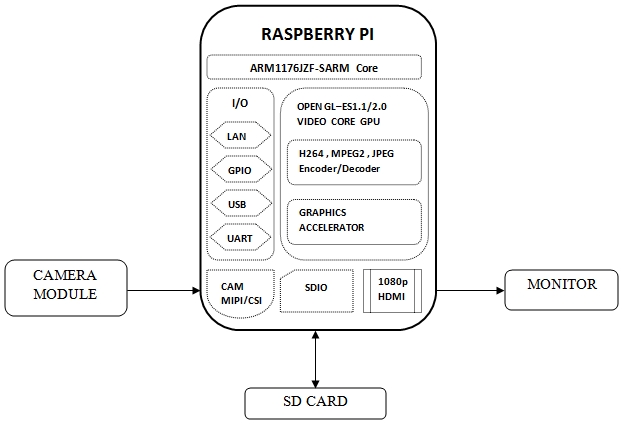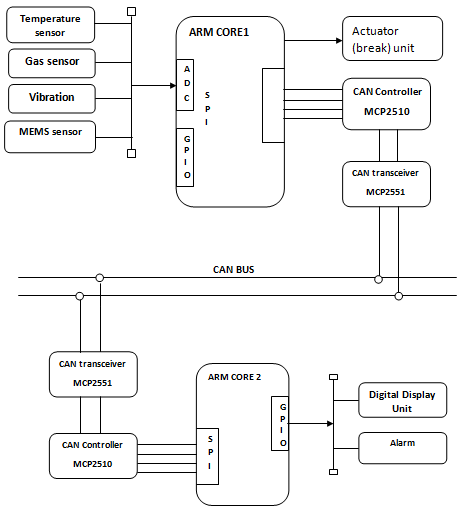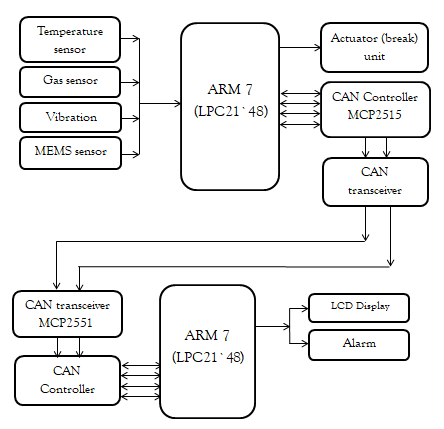
Handwriting Recognition using OpenCV, Python
₹5,000.00 Exc Tax
Hand written text Recognition using OpenCV
Platform : Python
Delivery Duration : 3-4 working Days
100 in stock
Description
ABSTRACT
The recognition system of using image processing has to improve little bit. Nowadays handwriting recognition system is required to detect the different types of texts and fonts. This will give problem to security reasons. In this paper we are implementing the handwriting recognition process by using different types of algorithms and techniques. Neural network will give the extraordinary performance to classify images, the images which have the content of our requirements. Here we are having two types of images. By combining the database images with input image we can classify the results. We are having the database images with different types of writing styles and different types of fonts. Along with this technique we have been used Convolutional neural network (CNN), Gated recurrent units(GRU), Long short term memory(LSTM) methods. These are the layers to analyze different types of handwritings recognition.
INTRODUCTION
In recent years there has been a growing interest in digitizing the in depth amounts of books and documents that existed preceding the widespread adoption of digital technologies. several of those digitizing initiatives trot out Brobdingnagian collections of written documents, that document image analysis techniques (page segmentation, keyword-spotting, optical character recognition (OCR), etc) don’t seem to be however as mature as for written text. Thus, there’s associate degree close ought to develop techniques to know, archive, index and search the manuscripts. Handwriting recognition plays a crucial role during this method of conversion and has been avidly researched over the years. the quality handwriting recognition uses a pre-defined set of options on the written information associate degreed uses a sequence matching algorithmic rule like hidden Markov model (HMM) or an HMM-neural network hybrid . not like Optical Character Recognition methods(OCR), separating characters in handwriting recognition is difficult attributable to the cursive nature of the info which the characters don’t seem to be well demarcated. the most disadvantage of those approaches is that the ought to have input options freelance or with restricted independence within the case of the hybrid systems. This makes the approach additional strict since the options are designed for every character than the language. Deep Learning has extensively been used for handwriting recognition over the previous couple of years and has shown to get progressive results. The approaches delineate in discusses the applying for deep learning in handwriting recognition and its success over the past few decades. there’s the case of on-line and offline handwriting recognition. Where as within the case of on-line handwriting recognition the input fashioned a 1D sequence that was fed into directly into a repeated neural network, the offline case, however, was tougher, since the input is second. the best approach would be to feed the image one vertical line at a time, therefore, remodeling them to 1D sequences, or use a additional versatile possibility of victimization the multi-dimensional repeated neural network (MDRRNs) that provides repeated connections on all the spatiotemporal dimensions gift within the information. whereas current strategies ar economical in handling the challenge of handwriting recognition with nice accuracy, the performance still for many elements relies on the number of train information. Majority of the approaches target learning higher feature representations to generalize the info, we have a tendency to discuss a transfer learning based mostly approach for reconciling handwriting recognition by building a generic recognition model and customise them to a user. we have a tendency to any discuss however the popularity performance varies with the number of coaching information.
OBJECTIVE
In this paper we have discussed about the adaptive handwriting recognition. This project we can use of making to a writer-dependent system. Here we are discusses a generic online handwriting recognition model that was used to identify the styles present in a dataset and was retrained on a single author dataset. With the advent of deep learning models recognition performances have improved.
EXISITNG SYSTEM
- DCT(Discrete cosine transform)
- KNN(k nearest neighbor) algorithm
DISADVANTAGES
- To get accuracy larger database required
- Performance will give slow results
- Complexity is high
PROPOSED METHOD
- DWT(Discrete wavelet transform)
- Convolution neural network
BLOCK DIAGRAM
SOFTWARE REQUIREMENTS
- Python
- Numpy
- Tesseract
- Matplotlib
CONCLUSION
In this paper we have implemented the new technique to recognize the different types of handwritten texts. This work of paper will based on deep learning network. We are trained a neural network method along with Convolutional neural network (CNN), Gated recurrent units(GRU), Long short term memory(LSTM) to calculate parameter values. This results will prove that the training dataset images, we can recognize from input image its to a certain limit. It does not effect always on proportional performance.
REFERENCES
[1] S. Jaeger, S. Manke, J. Reichert, and A. Waibel, “Online handwriting recognition: the npen++ recognizer,” International Journal on Document Analysis and Recognition, vol. 3, no. 3, pp. 169–180, 2001.
[2] T. Bluche, H. Ney, and C. Kermorvant, “A comparison of sequence-trained deep neural networks and recurrent neural networks optical modeling for handwriting recognition,” in International Conference on Statistical Language and Speech Processing. Springer, 2014, pp. 199–210.
[3] A. Graves and J. Schmidhuber, “Offline handwriting recognition with multidimensional recurrent neural networks,” in Advances in neural information processing systems, 2009, pp. 545–552.
[4] A. Graves, M. Liwicki, H. Bunke, J. Schmidhuber, and S. Fernandez, “Unconstrained on-line handwriting recogni- ´ tion with recurrent neural networks,” in Advances in Neural Information Processing Systems, 2008, pp. 577–584.
[5] A. Graves, S. Fernandez, and J. Schmidhu- ´ ber, “Multi-dimensional recurrent neural networks,” CoRR, vol. abs/0705.2011, 2007. [Online]. Available: http://arxiv.org/abs/0705.2011







Reviews
There are no reviews yet.